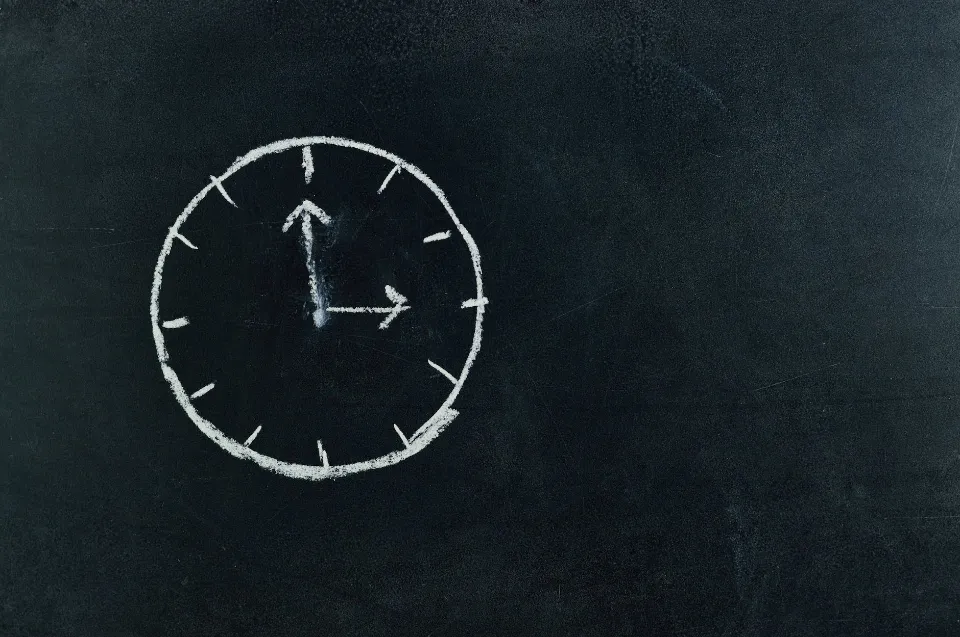
What is Wait Time in the Classroom? a Complete Explanation
Learn how using wait time in the classroom can improve student engagement, comprehension, and motivation with just one small change.
People detest waiting in the world we live in. We detest waiting in traffic, buffering, and lines. Is there a benefit to waiting? The answer is undoubted yes when it comes to teaching. A question must be asked, followed by a pause before the answer is requested.
Here is a complete explanation of the wait time in the classroom.
What is Wait Time in the Classroom?
The term ‘wait time’ in teaching refers to the amount of time that is given to children to register the question that a teacher has asked them, think of the answer, and have the ability to respond. Children should be given plenty of uninterrupted thinking time, according to many practitioners and researchers.
The researcher, Mary Budd Rowe, first proposed the term ‘wait time’ in her paper Wait-time and Rewards as Instructional Variables (1972). It detailed several changes that happened when children were given a ‘wait time’, which included:
- Response times from the students lengthened.
- Unasked-for responses from students that were suitable rose.
- Failures to respond decreased.
How to Implement Wait Time in the Classroom?

Implementing ‘wait time’ into your classroom is vital for students’ development as they need time to absorb new information that they are constantly learning throughout the day. By giving them this crucial time, they will be able to come up with appropriate responses and it has been proven that children usually provide better quality and longer responses when their teacher has given them a brief ‘wait time’.
Another reason why wait time is so important is with modern technology advancing, the idea of a ‘wait time’ may seem pointless due to the nature of digital tools that automatically provide the answers straight away.
Whilst this can be new and exciting to children, try to take a step back in your classroom and only provide the technological tools to your class if it is necessary. Therefore, allowing ‘wait time’ will enable them to think for themselves if they need these tools to help them form a response or if they can develop their own ideas to questions asked in the classroom.
Benefits of Wait Time in the Classroom
In fact, when faculty increase their wait time to 3 seconds or more it can have positive benefits for student learning and engagement:
The Length and Accuracy of Student Responses Increases
Rowe and other researchers have concluded that when teachers wait 3 or more seconds “there are pronounced changes in student language and logic.” Additionally, studies have revealed a positive correlation between wait time and improved response quality from students. Thus, students respond better when teachers wait longer.
A strategy I use in my undergraduate courses is to wait 3 seconds for students to answer, and once I receive a response, I provide praise along with a follow-up challenge, “I think what you have thought of is a great idea. Who else has an “outside the box” response?”
This kind of response shows other students that I value all kinds of answers, especially unconventional, out-of-the-box ones, and gives encouragement to the student who was bold enough to respond.
Increase in Responses by Students Who Don’t Typically Respond
Giving students with slower processing speeds and those who are a shy or introverted time to think quietly will encourage them to participate in class discussions. Rowe believed that students who are typically not active in class discussions can “become visible” when given the opportunity for silent reflection.

Higher Order Cognitive Responses
Student reflection and critical thinking have been linked to longer wait times. According to research by Rowe and coworkers, when given three seconds or more to consider their answers, students’ responses were more thorough and backed up by data. Increased wait times enable students to engage in higher-level thinking, much like the lengthened and more accurate student responses.
Thinking deeply and intently requires time. I tell my students that when I ask critical thinking questions, I am challenging their thinking to be circular rather than linear. I want them to ask questions of each other and, likewise, to take the time to think about each other’s questions.
I owe it to my students to give them opportunities to practice critical thinking if I tell them that I expect it from them. I am obligated to give them time.
Brain Processing Takes Time
For students to properly organize the difficult tasks involved in thinking and reflecting after a question is asked, there must be some waiting time. Even the brightest student needs some time to process the question from the teacher, consider the possible responses, choose the best response, and then raise their hand to share it with their peers.
Therefore, lengthening the wait time gives students the chance to hear a question and formulate a response while giving their brains time to process the information.
Wait time gives students the chance to think critically, creatively, and outside the box of the “easy to reach” solution, which is another crucial reason why teachers should make use of it. Our students have grown accustomed to instant results thanks to search engines like Google.
The quickest response isn’t always the best response, though. As a fundamental skill for thinking critically, sorting and filtering one’s thoughts is facilitated by waiting time for students.
Conclusion: Wait Time
Teachers and students may initially find the idea of “wait time” to be an odd strategy, but with practice, it will become more natural, and you’ll see those crucial results!
The likelihood that your child will provide an accurate or thoughtful response increases as the wait time increases, which encourages them to continue listening and formulating possible answers.


